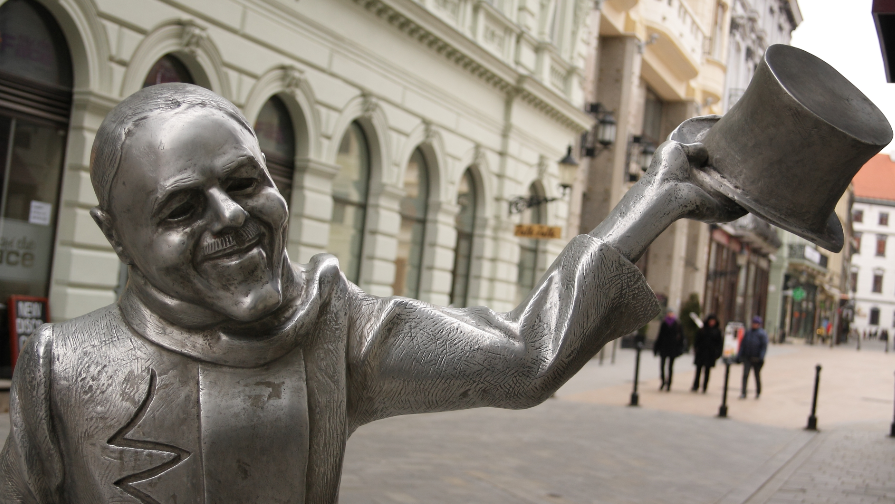Introduction
Silver has made a notable comeback, surpassing $33 per ounce on Wednesday, propelled by the ongoing rally in gold and a broader shift toward safe-haven investments. As economic uncertainties loom, investors are increasingly turning to precious metals, with silver emerging as a standout performer among commodities.
Main Body
Spot silver prices rose 0.6% to $33.28 per ounce, marking a two-week high, while silver futures in New York also gained 0.6% to $33.36 per ounce. Meanwhile, gold, often considered silver's 'sister metal,' saw spot prices increase by 0.4% to $3,303.17 and three-month futures rise by 0.7% to $3,307.70. Gold's impressive 26% year-to-date gain has set multiple records, providing a strong tailwind for silver, which has risen over 14% in the same period.
Despite its strong performance, silver's market dynamics differ significantly from gold. Its smaller market size limits its upside during rallies, and its higher volatility stems from its sensitivity to economic factors due to substantial industrial demand. According to The Silver Institute, global silver demand has exceeded supply for five consecutive years, with industrial use hitting a record 680.5 million ounces in 2024, up 4% from last year, driven by applications in the green economy.
Analysis and Opinion: The surge in silver prices reflects broader market trends, including geopolitical tensions and inflation concerns, which have boosted demand for safe-haven assets. However, silver's dual role as both an investment and industrial metal raises questions about its sustainability during economic downturns. Could a slowdown in industrial activity—say, in renewable energy sectors—curb its upward trajectory? Additionally, with gold often stealing the spotlight, is silver undervalued relative to its fundamentals, or does its volatility justify investor caution? These are critical considerations as we navigate an unpredictable economic landscape.
